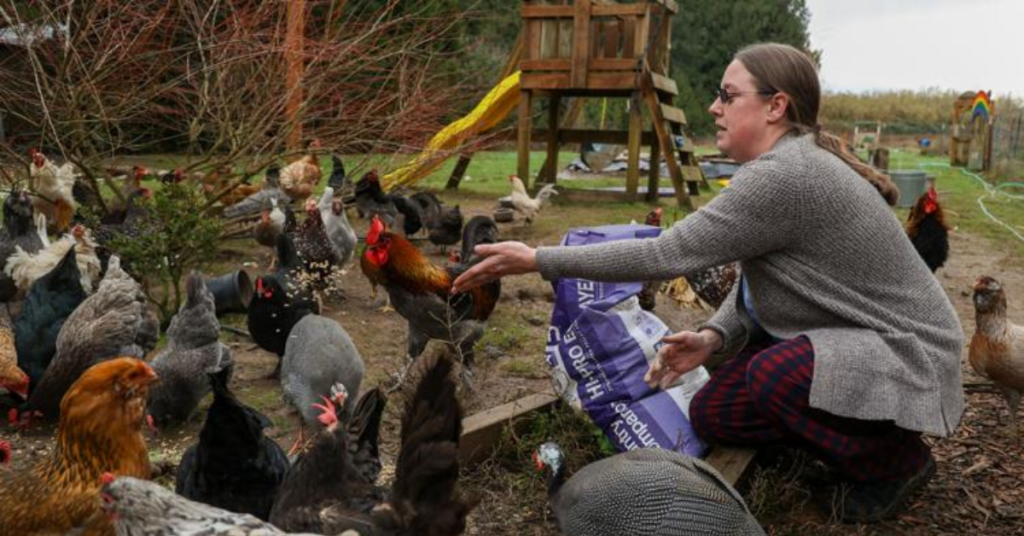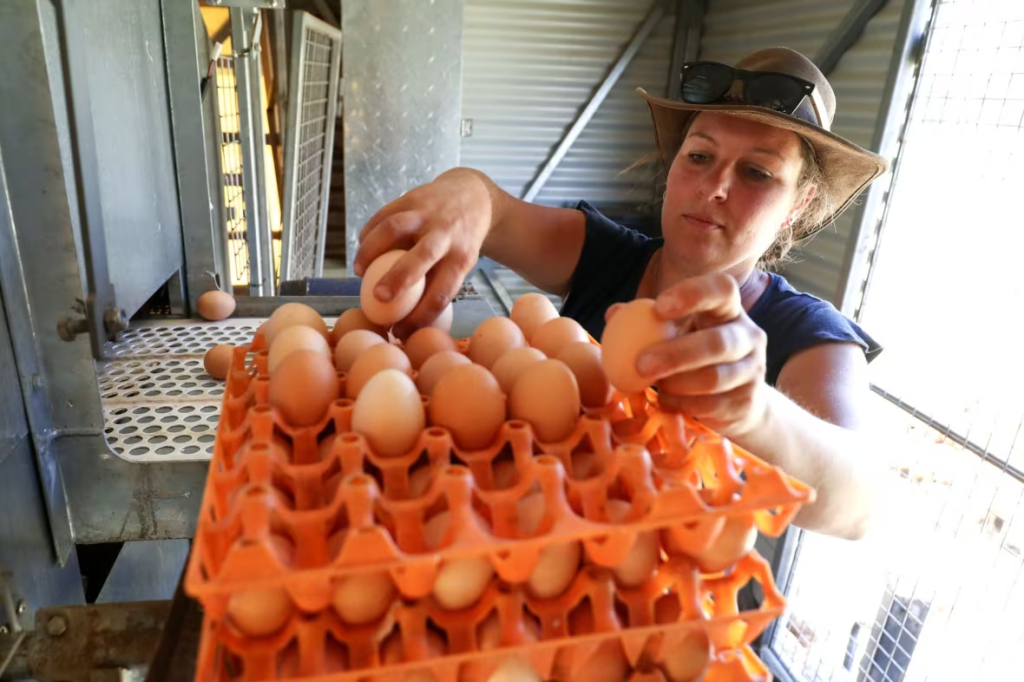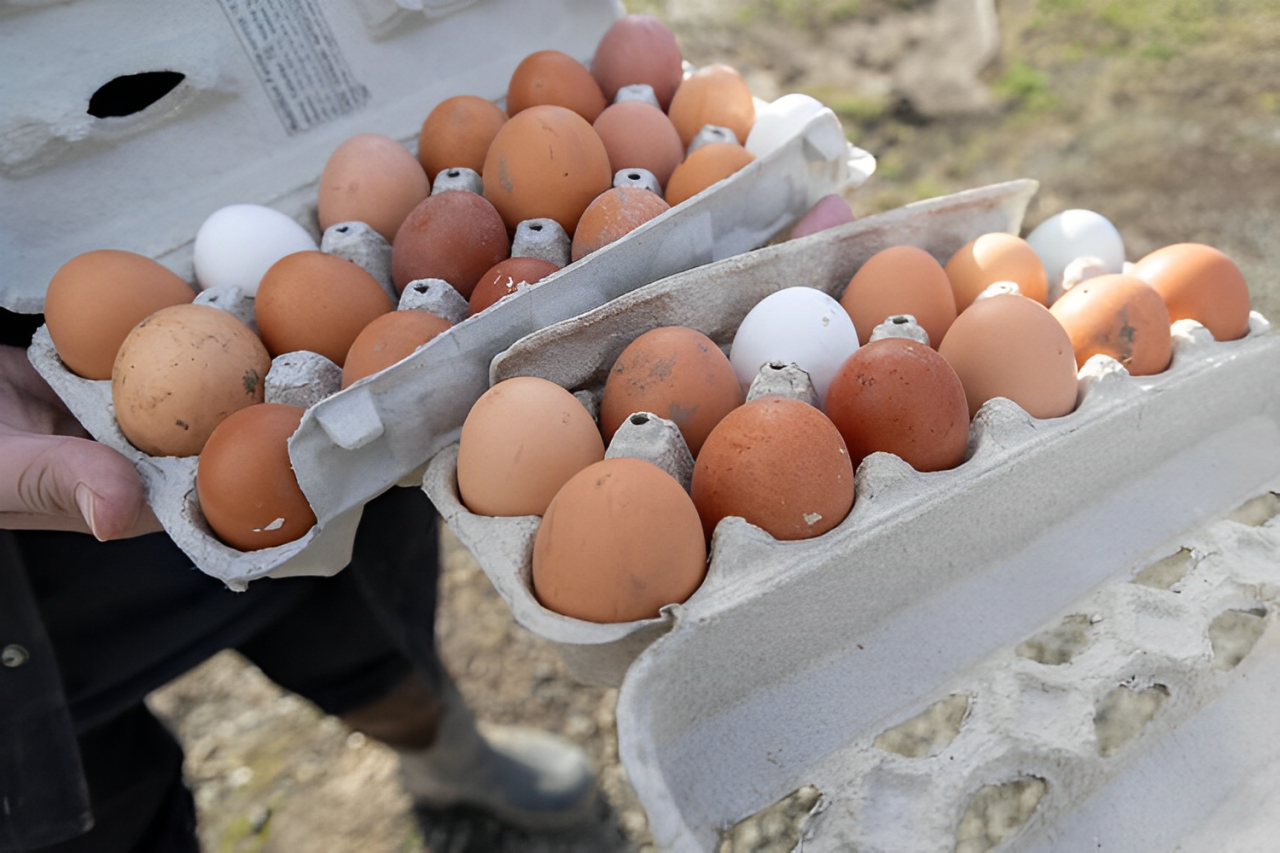Eggs are a staple in many American households, but recently, the price of this common grocery item has skyrocketed. With the national average increasing by 38% over the past year, including an 8.2% jump from November to December, shoppers are left asking: Why are eggs so expensive?
While there are several contributing factors to the rise in egg prices, one stands out above the rest—bird flu. This highly contagious disease has hit both commercial and backyard flocks across the country, reducing the supply of eggs and driving prices to new highs. The situation has left many consumers scrambling for answers, but there’s a glimmer of hope as small, local farms step in to provide a more affordable alternative.
The Impact of Bird Flu on Egg Prices
Egg prices are not always stable; they tend to fluctuate based on several factors, such as seasonal demand during baking holidays and inflation that affects the cost of feed, fuel, and labor. However, the most significant contributor to the recent surge is the ongoing bird flu crisis.

According to the U.S. Department of Agriculture (USDA), the disease has affected over 10 million birds in the last 30 days alone, impacting 95 commercial and backyard flocks. Since 2022, nearly 1 million birds in Oregon have been affected, leading to a significant reduction in the egg supply and pushing prices even higher.
Small Farms Stepping Up
With the soaring prices of eggs and concerns over the spread of bird flu, local farms have stepped up to provide an alternative to consumers who are looking for more affordable and trustworthy sources of eggs. One such farm is Muddy Feet Farm, located in Hillsboro, Oregon.
Katie Christensen, who runs Muddy Feet Farm, began selling eggs as a small side business when her family’s chickens started laying more eggs than they could use. What started as a fun way to share the farm’s bounty with the community has grown into a small but thriving operation. Today, the farm houses around 100 chickens, seven ducks, and three guinea fowl.

Christensen has remained steadfast in her commitment to affordable egg prices. While some grocery stores are selling eggs for as much as $8 per dozen, Muddy Feet Farm’s eggs remain priced at $5 per dozen, making them a much more budget-friendly option.
“I wanted to be able to provide eggs for people who can’t afford the $12 a dozen eggs,” Christensen said. “That’s my main goal, to make sure everyone in our community has access to eggs.”
Despite the challenges posed by the bird flu and the winter months, when egg production is typically lower, Christensen’s farm has seen a steady demand for its eggs. However, the farm also faces the ongoing challenge of keeping its flock healthy and safe from the spread of the flu.
How Local Farms Are Mitigating the Risk
Bird flu, also known as avian influenza, is spread through contact with infected birds’ saliva, mucus, and feces, as well as contaminated water and surfaces. For local farmers like Christensen, the risk is a constant concern.
To protect her birds, Christensen runs a “closed farm” policy, meaning she avoids visitors to prevent the introduction of pathogens. She also refrains from feeding wild birds, which could bring the flu to the farm. As an extra precaution, the family ensures that anyone who handles the chickens washes their hands thoroughly and wears clean clothes to avoid spreading any viruses.
“We don’t get visitors, and that’s a huge risk when people bring pathogens on their shoes or their clothes and visit other farms,” Christensen said.
While the bird flu has been a major concern for farmers, some local operations have been fortunate to avoid outbreaks. Armando Victoria, who runs a farm on Groveland and West Union roads in Helvetia, Oregon, noted an uptick in demand for eggs recently, but his farm has not been directly impacted by the flu.
“Eggs get expensive because they had to sacrifice a lot of chickens in California and here in Oregon because of the bird flu,” Victoria explained. “But we’ve been lucky so far. We rely on home remedies, and other than threats from natural predators, we haven’t had any issues with the birds.”
Victoria believes that consumers are turning to local farmers for both affordable prices and peace of mind.
“There is a high demand for eggs right now because of bird flu, and also because people are worried about their health. They prefer to get eggs from farmers they trust,” he said.
The Future of Egg Prices
The USDA has forecasted that egg prices could continue to rise through 2025 as the bird flu outbreaks persist and egg supplies take time to replenish. This could mean more challenges for consumers already struggling with inflation and rising food costs. However, local farms like Muddy Feet Farm and Victoria’s operation are offering a glimmer of hope for those looking for more affordable and locally sourced options.
As the bird flu continues to impact egg supplies, consumers may increasingly turn to small farms for their eggs. With their focus on sustainability, affordable pricing, and community engagement, local farmers are helping to fill the gap left by large commercial producers.
Disclaimer: This article has been meticulously fact-checked by our team to ensure accuracy and uphold transparency. We strive to deliver trustworthy and dependable content to our readers.

